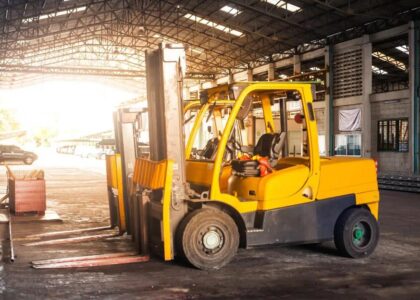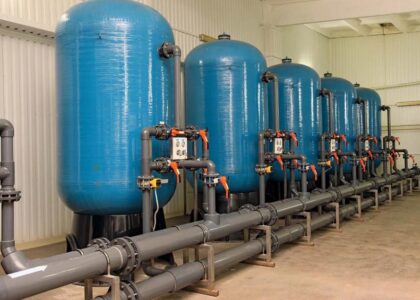In the rapidly evolving world of construction, the introduction of new technologies and equipment has significantly improved efficiency and productivity. One such groundbreaking innovation is the Cement Silos.
These towering structures have revolutionised how we store and manage construction materials, particularly cement. They serve as a central storage hub on job sites, simplifying material management and ensuring a steady cement supply for ongoing projects.
With their robust design and large capacity, these silos streamline operations. They also minimise wastage by protecting the cement from adverse environmental conditions.
The advent of these Silos marks a significant milestone in the construction industry. They bring about a new era of enhanced storage and management strategies contributing to more streamlined and productive construction processes.
What are Cement Silos
A cement silo, as the name implies, is a large container used to store bulk cement. It’s typically part of a batching plant or a concrete mixing plant, providing an efficient solution for storing and dispensing large quantities of cement.
In essence, it’s a vertical storage container with a variety of sizes and capacities designed to keep the cement dry and prevent it from clumping together. The use of silos has become a standard practice in construction projects due to its convenience and cost-effectiveness.
How Do Cement Silos Improve Efficiency
They significantly enhance efficiency in construction projects. They provide centralised storage, reducing the time and labour needed for material transportation, thereby cutting costs.
Moreover, they improve quality control by protecting cement from environmental conditions that could compromise its quality. This ensures the cement used is always top-quality, leading to more durable structures. Let’s discuss these benefits in more detail:
Streamlined Operations
The primary way that silos contribute to efficiency is by streamlining operations. By having a central location for cement storage, it reduces the time and labour required to transport the material. This can lead to significant savings in terms of time and costs.
Improved Quality Control
Another crucial aspect of using silos is the improved quality control. Cement stored in silos is less likely to be exposed to environmental conditions that could affect its quality. This ensures that the cement used in the construction process is always of the highest quality, resulting in better structures.
The Future of Cement Silos
They have already proven their worth in terms of efficiency and productivity. However, the future holds even more promise. With advancements in technology, we can expect to see smarter, more connected silos.
Imagine a cement silo equipped with sensors to monitor the quality and quantity of the cement in real time. Or a silo that can automatically reorder cement when it reaches a certain level. These are not far-fetched ideas but realities that are already being explored.
Conclusion
In conclusion, cement silos will become even more indispensable as construction methods continue to evolve. They have already revolutionised how we store and manage construction materials. The future of construction looks bright, and these silos will undoubtedly be a part of it.






